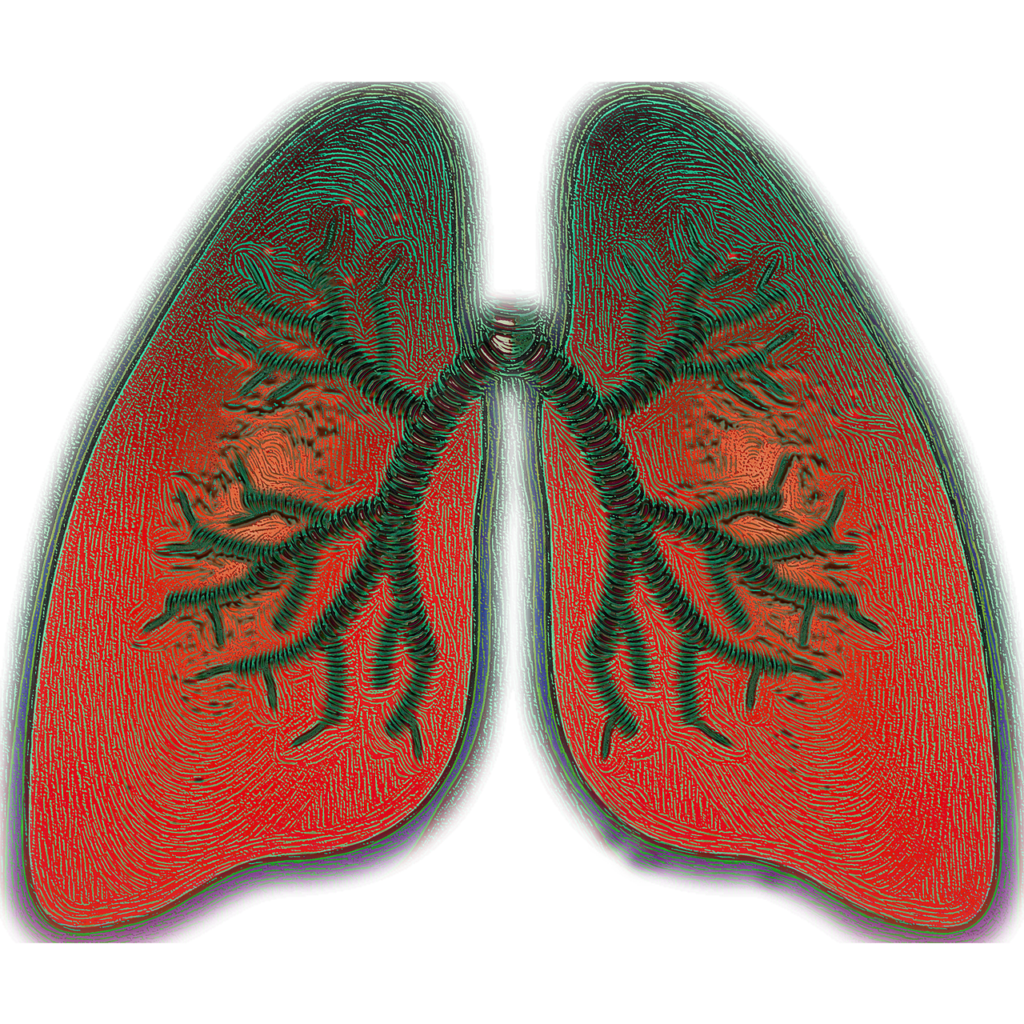Asthma and Homoeopathy
Asthma is one of the commonest diseases affecting people globally. The socio-economic impact of Asthma is enormous like frequent absence in school and work, repeated hospitalizations and many more. Homoeopathy is the second largest system taken by people and the scope of Homeopathy for Asthma is commendable. This article is about Asthma and understanding the background of Homoeopathy in Asthma.
{Homoeopathy is the correct spelling; I use Homeopathy for SEO purpose to reach many people}.
What is Asthma?
Asthma is characterized by chronic airway inflammation and increased airway hyper responsiveness leading to Wheeze, cough, chest tightness and Breathlessness. It is characterized functionally by the presence of airflow obstruction which is variable over short periods of time or reversible with treatment.
Aetiology:
The aetiology of Asthma is complex; multiple environmental and genetic determinants are implicated. Genetics plays a vital role in Asthma but we need to know some intrinsic and extrinsic factors that trigger asthma in individuals.
Let’s discuss based on types of Asthma; Atopic & Non-atopic. Knowing about the aetiology helps Homeopathy Doctor in treatment perspective too.
Atopic {Allergic} Asthma:
- Pollen, Dust mite, Mold Spores
- Hygienic hypothesis: Reduction in childhood infections favors persistence of Th2 bias directing the immune system towards an allergic type of response.
- Changes in the structure of Gut Micro biome {Early life Antibiotic use} disrupts the normal immune-regulation and prone to develop Allergy and Asthma.
- Prenatal factors like Diet, Nutrition, Antibiotics usage, Mode of delivery
Non- Atopic {Non Allergic }Asthma:
As the name implies, it is triggered by factors other than allergens.
- Cold; Exercise particularly in cold weather may precipitate Asthma
- Humid temperature favors multiplication of house dust mite and this may contribute Asthma in early age
- Air pollution – increased Sulphur-di-oxide in air
- Introduction of infant formula instead of breast milk to baby earlier than 14 weeks of age.
- Hormones influence – In child hood, Asthma common in boys but following puberty females are more frequently affected. This is due to oestrogen fluctuation.
- Respiratory tract infections like Respiratory syncytial virus, Rhinovirus, Influenza virus and atypical bacterial infections like Mycoplasma, Chlamydia, Pnemocois.
- Obesity: Adipose derived hormones leptin and adiponectin enhances the systemic inflammation and exacerbated Asthma.
- Stress, Mental & Emotional disturbances like financial burden, relationship disturbances, lack of social support, work life imbalance.
- Other triggering factors like Vitamin D deficiency, Gastro-oesophagial reflux
- Some drugs like NSAIDs and Beta-blockers. Even, Beta-blockers presence in eye drops produce Bronchospasm.
Clinical Features:
Asthma is not a uniform disease but a dynamic clinical syndrome with a variety of features.
Common Symptoms include
Wheezing
Chest tightness
Breathlessness
Cough
Clinically, Asthma is of
Nocturnal Asthma: Asthma characteristically displays a diurnal pattern, with symptoms and PEF being worse in the early morning. Particularly when Asthma is poorly controlled, symptoms such as cough and wheeze disturb sleep and have led to this term Nocturnal Asthma.
Cough Variant Asthma: Cough is the dominant symptom; this type of asthma usually not presented with wheezing and breathlessness.
Occupational Asthma: Most common form of occupational respiratory disorder and this should be considered in adult asthmatics of working age.
Acute exacerbations of chronic Asthma occurs in particular season Eg.rainy and winter season
Investigations:
There are varieties of investigations and investigative procedures are there. But reliability associated with Clinical criteria.
Pulmonary Function Tests, Peak airflow meter, Spirometry
Radiological examination: Generally not helpful. Acute Asthma – Hyperinflation and lobar collapse may be seen if mucus has occluded a large bronchus. Mostly normal X-ray study in Asthmatic individuals.
Elevated sputum and peripheral blood eosinophil count may be observed and serum total IgE is typically elevated in Allergic Asthma.
General Management:
1.Education about Asthma to patient is crucial to understand their triggering factors and its basic management which helps to improve their quality of life.
2. Self-care activities including taking care of Mental & Emotional Health by understanding and regulating the emotions in a healthy way.
3. Vitamin D associated with Asthma exacerbations, so ensure Vitamin D status; exposure sunlight advised.
4. Aware about the allergic factors and triggering factors and taking necessary precautions like maintaining optimal humidity, prevent mold spores, cleaning house regularly to avoid dusts.
5. Managing Gastro-oesophagial refluxes- do not overload stomach, take dinner two hours prior going to sleep
6. Focusing on Probiotics i.e certain observations stated that higher level of Lactobacillus in the gut may protect against the development of atopic disease.
7. Well balanced diet rich in fruits and vegetables {Vitamin E and selenium rich diet} and sound sleep
8. Practicing Yoga and Meditation help
Bronchial Asthma – Homoeopathic Perspective
Here i am not going to discuss about Homoeopathic drugs
Homeopathy treats the patient who is having the disease not the disease alone. So medicine selected based on the detailed case taking as mentioned in 5 th aphorism of Organon of Medicine by Dr. Hahnemann
“The fundamental cause and totality of symptoms”. In case taking, the physician should take in to the account of Patient’s
- Discernible body constitution {especially in case of protracted disease}
- Mental & Emotional character {Character of Geist [Spirit] and Gemut [Mind]}
- Occupations
- Lifetsyle and Habits
- Civic and domestic relationships
- Age
- Sexual function etc
While taking the case itself, we come in to the conclusion that the particular patient is Atopic or non-atopic, Nocturnal or Seasonal or Cough variant type.
When treating through Homeopathy, miasmatic approach is crucial while attaining cure. In Homeopathy, Asthma comes under True natural chronic disease caused by chronic miasm. Hahnemann mentioned it in the Aphorism 80.
Asthma may come under Intermittent disease as it occurs in regular intervals in some patients and it comes under alternating disease as it alternates with skin disease.
Psora is the fundamental cause of disease; Asthma comes under Psora, Sycosis Syphilis or combination of three. Likely,
Intermittent disease – Psora
Alternating disease – Psora or Psora complicated with Syphilis
Atopic Asthma – Psora
Genetic/Hereditary – Sycosis
Kent marked his lectures on Homoeopathic Materia Medica ,”Asthma, when it is hereditary, is one of the sycotic disease of Hahnemann……you will find in the history of medicine that wherever asthma was cured, it has been by Anti-sycotic remedies. That is one of the first things I observed, that outside of sycotics you will seldom find a cure of Asthma”

Some highlights of Miasmatic expression of Asthma:
Sycosis: Edematous appearance of respiratory tract. Sycotic asthma usually aggravated in humid moist weather, changes in weather and during rainy seasons with restlessness. Asthma presents with profuse expectoration aggravated in early morning compelling the patient to move about and relieved by abdomen.
{Symptoms mimics like clinical features of Nocturnal & Seasonal Asthma}
Psora: Usually affects upper respiratory tract with sensation of burning and band around the chest. Aggravation during winter and cold weather, better by warmth in general and appearance of natural discharges.
{Symptoms mimics like clinical features of Seasonal Asthma}
Syphilis: Sensation of rawness and soreness. Feels worse at night and morning. Hoarseness and paroxysmal cough with sticky or pus like expectoration. Dyspnoea on lying down
{Symptoms mimics like clinical features of Nocturnal Asthma}
Tubercular: Pigeon chest; symptoms worse at night and aggravated from cold air and from milk. Dry, deep and prolonged coughs induces headaches or whole body is shaken by explosive paroxysms. Dyspnoea on ascending upstairs with weakness and debility.
{Symptoms mimic like clinical features of cough variant asthma}
Cure means as in aphorism 2 “ The Highest ideal of cure is the rapid, gentle and permanent restoration of health; that is, the lifting and annihilation of the disease in its entire extent in the shortest, most reliable, and least disadvantageous way, according to clearly realizable{ in-seeable} principles.
The one & only mission of Physician is “Cure” not constructing different phenomenal theories of disease and its causes. Hahnemann beautifully and sarcastically mentioned in Aphorism 1 and its footnote.
Therefore,
It is crucial to understand the nature of the disease and its miasmatic background in order to attain cure. In a simplified view, Atopic asthma is of psora origin, genetic is of sycotic and acute exacerbations of the chronic state are latent within the constitution.
Obesity Management and tips to lose weight at home
Ways to improve concentration
Menopause, Menopausal Signs and Symptoms, Menopause Management.
Imposter syndrome- Signs, roots and tips to overcome
Share this post: on Twitter on Facebook on Google+ on LinkedIn





